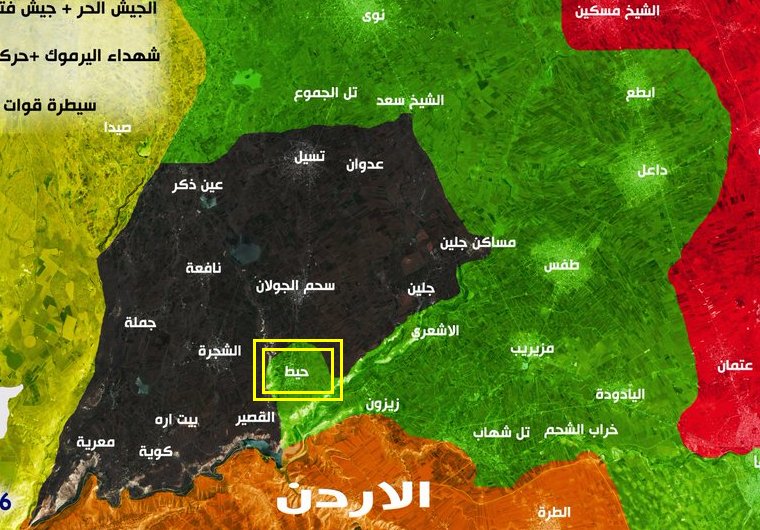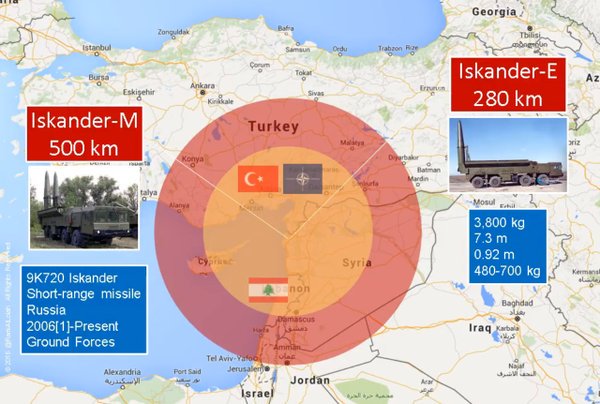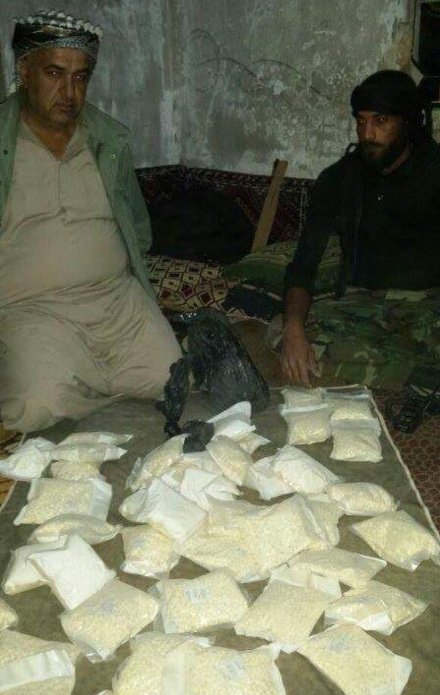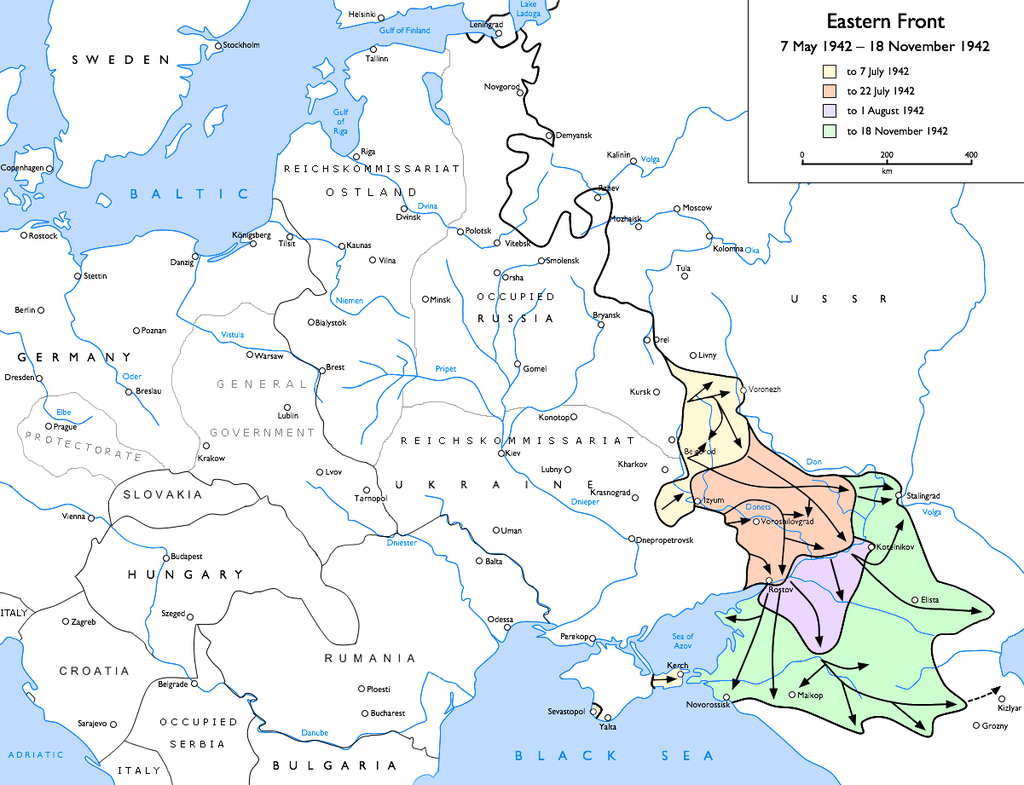Re: The Levant crisis.(Israel,SYRIA,Lebanon,etc) - II
Posted: 30 Mar 2016 07:25
for a state to exercise raw power is a function of its location x population x natural resources x technology level (whether internal or borrowed)
in that sense the new caliphate of sahel-maghreb has
- strategic location with access to atlantic, med and red sea
- an area twice the size of europe
- massive mineral and fresh water resources
- place is awash in weapons due todecades centuries of weak states and banditry and civil wars 
- it is not bordered by any hostile powerful state unlike iran or kurds nudged up against the eastern caliphate
- it is frankly too large to monitor carefully, let alone control - the sahara has swallowed many a tall dream
- there is gold, oil and diamonds to profit from
- nobody really wants to fight in that region - least of all the french former rulers - everything from evian bottled water to fresh croissants will have to be airlifted to southern france. its hot, there is dust, flies and not much to do.
- nigeria, ethiopia and egypt have huge populations to leverage for the foot soldiers. TSP and Indonesia could provide the H1 guest worker brigades, the elite atherton goras will remain the iraqi-saudi elite.
I am thinking of the iraqi-syrian caliphate as a prototype incubator and POC to demonstrate to Fortune100 clients. the POC has proven its worth in live demo and can be discarded now, while the main FCS product is constructed.
I heard a rumour that Kuznetsov which will deploy this summer to mediterranean will help out the maghreb states by launching airstrikes into these north african dens, a token of support.
all the states of the region need to significantly step up manpower and training levels to combat this menace. there is a place called Maiduguri in nigeria that is the site of monthly massacres and govt seems unable to to end that.
even kenya is being eaten alive by al shabab staging across the border.
the opening was provided by clinton & co by destroying the libyan govt. secular strongmen are the best bet to control this kind of menace.
in that sense the new caliphate of sahel-maghreb has
- strategic location with access to atlantic, med and red sea
- an area twice the size of europe
- massive mineral and fresh water resources
- place is awash in weapons due to
- it is not bordered by any hostile powerful state unlike iran or kurds nudged up against the eastern caliphate
- it is frankly too large to monitor carefully, let alone control - the sahara has swallowed many a tall dream
- there is gold, oil and diamonds to profit from
- nobody really wants to fight in that region - least of all the french former rulers - everything from evian bottled water to fresh croissants will have to be airlifted to southern france. its hot, there is dust, flies and not much to do.
- nigeria, ethiopia and egypt have huge populations to leverage for the foot soldiers. TSP and Indonesia could provide the H1 guest worker brigades, the elite atherton goras will remain the iraqi-saudi elite.
I am thinking of the iraqi-syrian caliphate as a prototype incubator and POC to demonstrate to Fortune100 clients. the POC has proven its worth in live demo and can be discarded now, while the main FCS product is constructed.
I heard a rumour that Kuznetsov which will deploy this summer to mediterranean will help out the maghreb states by launching airstrikes into these north african dens, a token of support.
all the states of the region need to significantly step up manpower and training levels to combat this menace. there is a place called Maiduguri in nigeria that is the site of monthly massacres and govt seems unable to to end that.
even kenya is being eaten alive by al shabab staging across the border.
the opening was provided by clinton & co by destroying the libyan govt. secular strongmen are the best bet to control this kind of menace.












